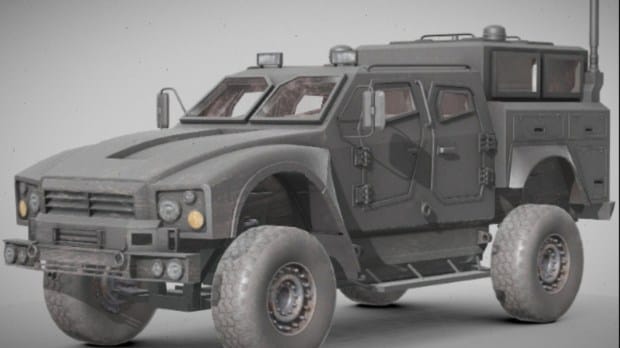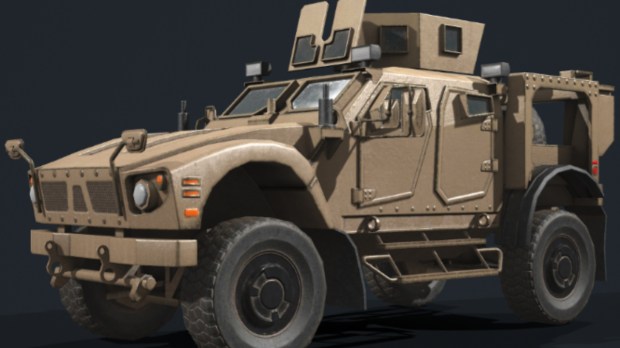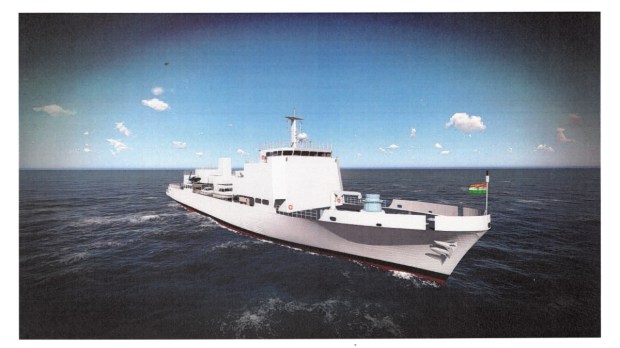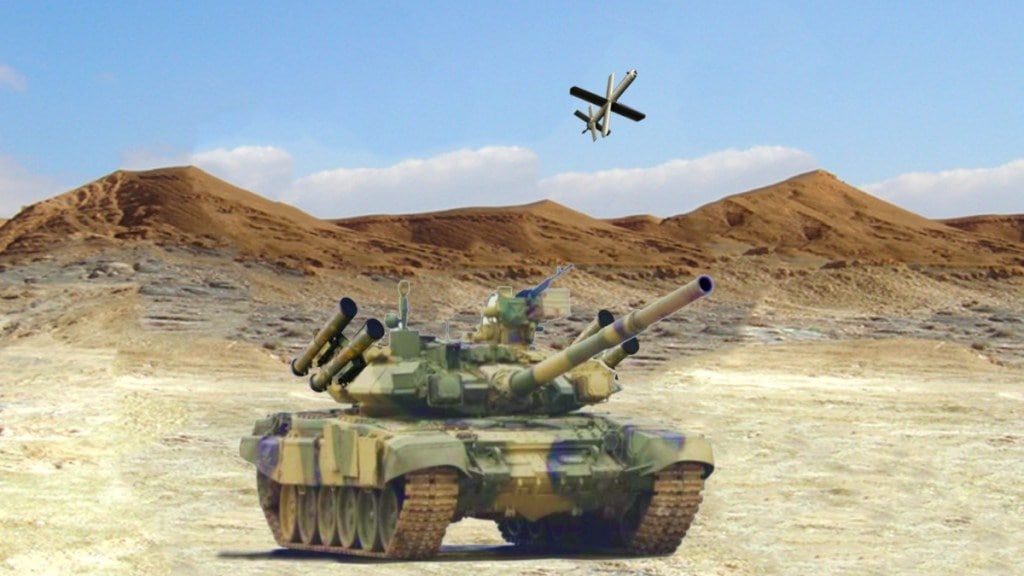The Defence Acquisition Council (DAC) chaired by Defence Minister Rajnath Singh has given approval for acceptance of the proposal to procure 12 Su-30 MKI Aircraft for the Indian Air Force (IAF), along with associated equipment, from Hindustan Aeronautics Limited (HAL). The Su-30MKI is a formidable multirole fighter aircraft, known for its versatility and combat capabilities. This acquisition reinforces India’s air superiority and marks a significant step towards reducing dependency on foreign defence imports.
The ambitious project, valued at Rs 11,000 crore, encompasses both the aircraft and its corresponding ground systems. Remarkably, these aircraft will feature an impressive indigenous content exceeding 60%, a testament to India’s advanced technological capabilities, according to sources.

These Su-30 MKI aircraft are poised to be the epitome of modernity within the Indian Air Force’s inventory, boasting an array of cutting-edge Indian weaponry and sensors.
The Sukhoi-30MKI, a formidable twin-seater air superiority fighter, stands as a crowning achievement in the realm of aerial engineering. Originally made by Russia’s Sukhoi and produced under exclusive license by India’s HAL for the IAF, this versatile multirole fighter has been a stalwart presence since its introduction into the IAF’s fleet in 2002. Over the years, the Sukhoi-30MKI has proven its mettle in numerous conflicts and military exercises, solidifying its status as an indispensable asset for Indian defence.
Dornier Aircraft
The DAC has also given the green light for the avionic upgradation of Dornier Aircraft. This upgrade aims to improve accuracy and reliability during critical operations, further strengthening India’s aerial defence capabilities.

More Approvals
In the DAC meeting which took place on Friday (Sept 15, 2023), approval was given for nine capital acquisition proposals, amounting to a substantial Rs 45,000 crore. This milestone decision underscores the nation’s commitment to the ‘Aatmanirbhar Bharat’ initiative. These acquisitions are set to enhance India’s defence capabilities and foster indigenous defence production.
To fortify the Mechanized Forces with improved protection, mobility, attack capabilities, and survivability, the DAC greenlit the procurement of Light Armoured Multipurpose Vehicles (LAMV). These versatile vehicles are pivotal in ensuring the effectiveness of mechanized operations. Additionally, the DAC approved the acquisition of Integrated Surveillance and Targeting System (ISAT-S), reinforcing India’s surveillance capabilities, which are crucial for strategic defence.
Swift mobilization and deployment of Artillery Guns and Radars are essential in a modern battlefield. Recognizing this need, the DAC granted its approval for High Mobility Vehicle (HMV) Gun Towing Vehicles. These vehicles will play a crucial role in ensuring the rapid response and firepower of the Indian Armed Forces.
The Indian Navy’s capabilities are set to receive a substantial boost with the DAC’s approval of Next Generation Survey Vessels. These vessels will significantly enhance the Navy’s Hydrographic Operations, ensuring maritime security and navigational safety in Indian waters.

In a significant step towards achieving self-reliance in precision-guided weapons, the DAC approved the procurement of Dhruvastra Short Range Air-to-Surface Missiles. These missiles are intended for indigenously built ALH Mk-IV Helicopters and represent a potent addition to India’s indigenous defence arsenal.
During the meeting, Singh emphasized the need to elevate ambitions towards indigenization. He stated, “Rather than a threshold of 50% indigenous content for IDDM projects, we should aim for a minimum 60-65% indigenous content.” This directive underscores India’s commitment to becoming self-reliant in defence production and highlights the importance of nurturing the domestic defence industry.
In line with this vision, he has directed key stakeholders, including the Chief of Defence Staff, Service Chiefs, Defence Secretary, and DG (Acquisition), to collaborate with the Indian Industry to increase the minimum indigenous content threshold. This collaborative effort aims to empower India’s defence sector and position the nation as a global hub for defence manufacturing.

